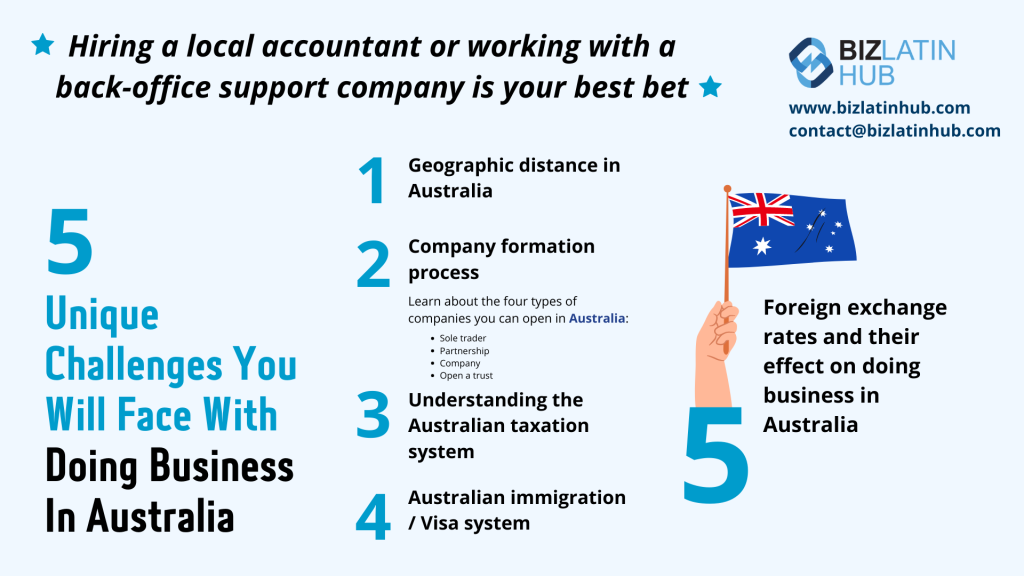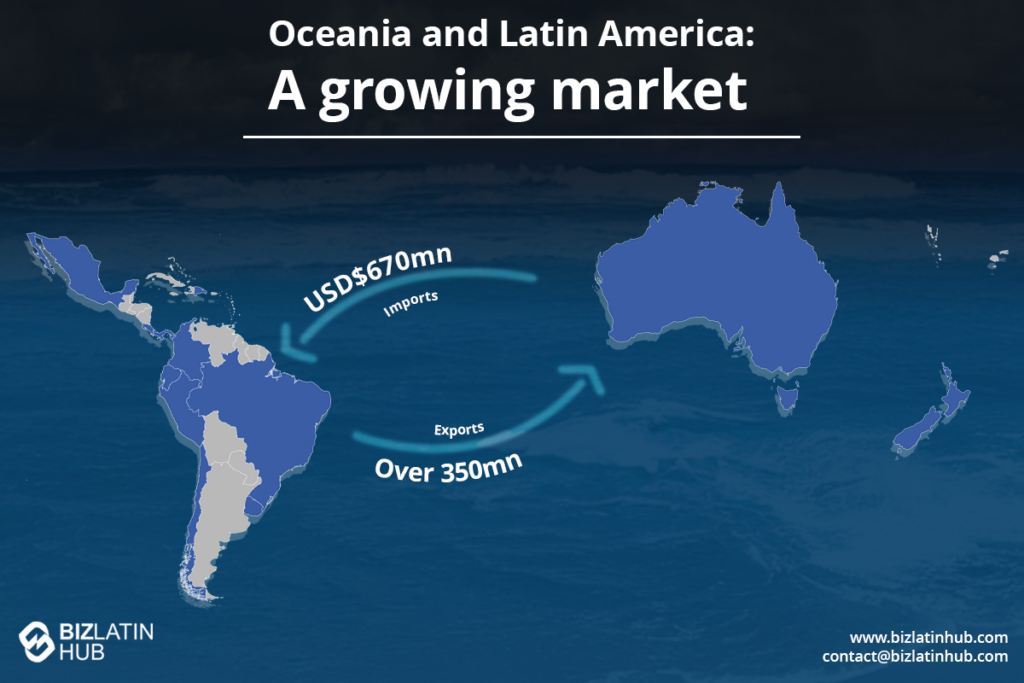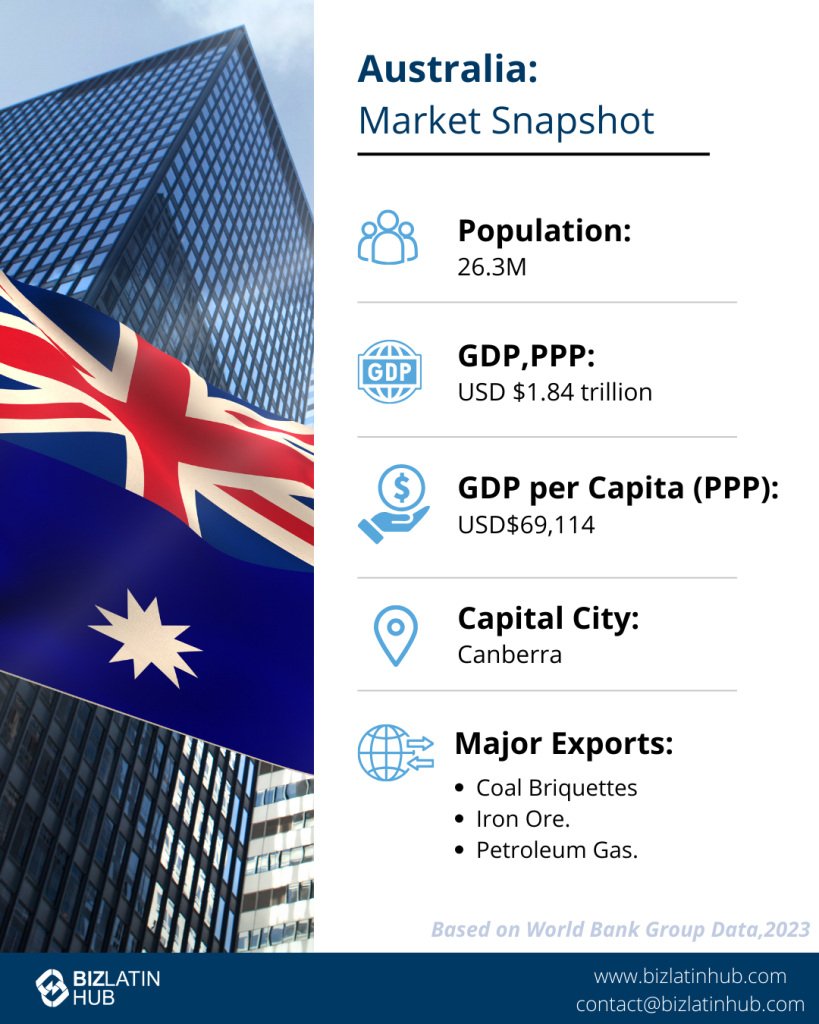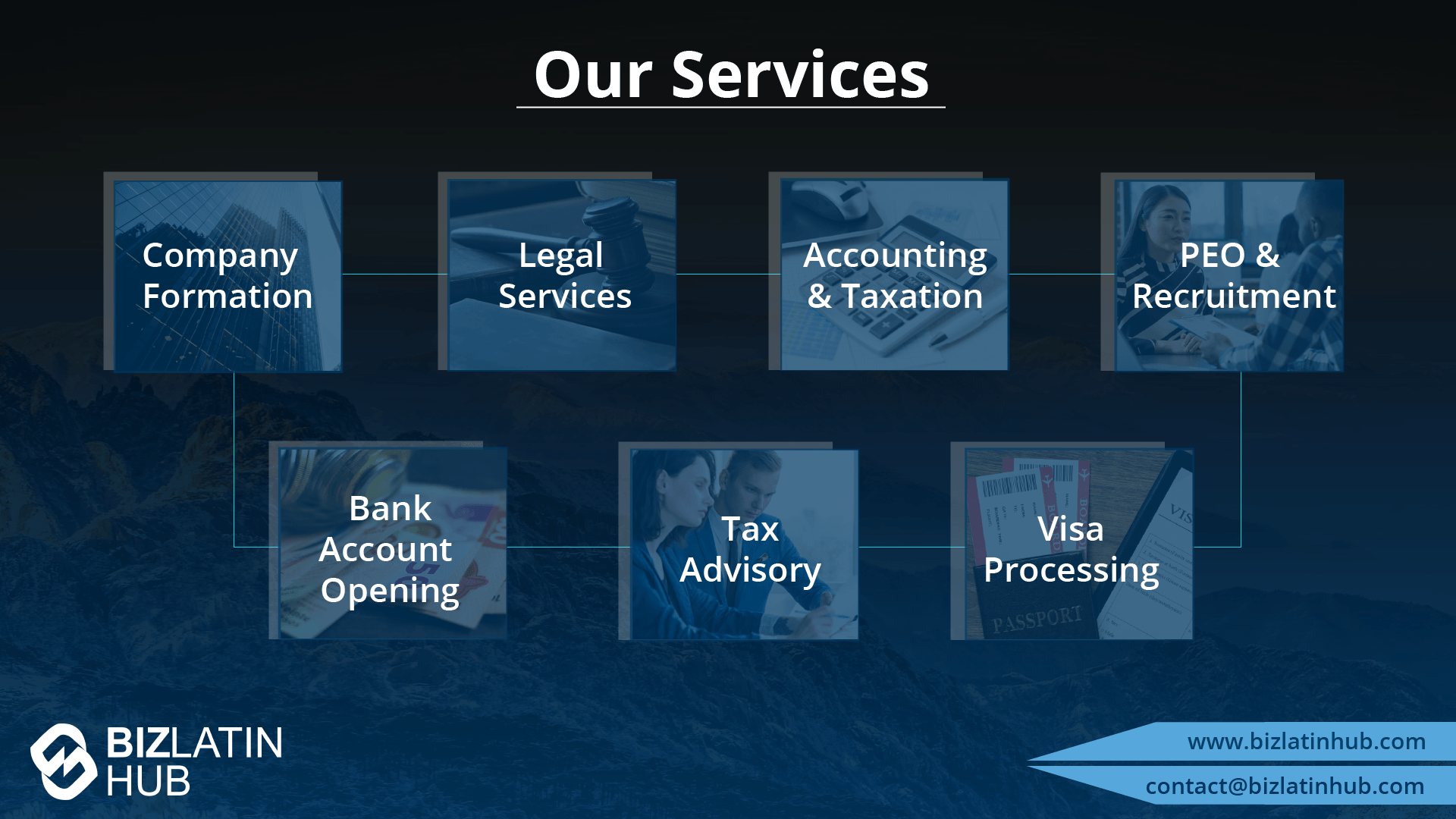Australia is one of the world’s leading economies, as well as one of the most attractive destinations for foreign investment. With a consistent GDP growth for 29 straight years, it’s no wonder investors are attracted to company formation in Australia. Overall, the country is making tremendous strides in a handful of different industries and sectors. Australia is expanding and developing on a worldwide scope. Foreign investors interested in the country, or looking to grow their current investments, should pay close attention to the up-and-coming sectors.
Invest in Australia – Medical services, technology, and research
One Australian industry that will consistently remain important in the global market is the medical services, technology, and research sector. With ample government support, funding, and foreign investors already catching on and devoting their dollars, Australia is at the forefront of this ever-growing industry.
Recently, in the country’s 2018-2019 budget, the Australian government allocated a staggering AU$1.3 billion to its Health and Medical Industry Growth Plan. The focus of these investments is centered around medical technology research and development. However, investment opportunities don’t stop here. Australia shows growth and potential in biotech, pharmaceuticals, medical devices, medicines, and within the digital health sector. Promising growth in the future is fueled by a constant, and growing, need for these developments and innovations.
The magnitude of this industry is truly untapped. The medical technology industry alone will generate an astonishing AU$18 billion in GDP for Australia and create over 28,000 jobs in the country by the year 2025.
The support from the government makes this growth possible. Strict intellectual property rights, major tax incentives, and favorable legislation for clinical trials all foster a welcoming environment for medical advancements in the country. Moreover, the country has one of the world’s most favorable returns on medical industry investment. For every dollar that is put towards the industry’s research and development, Australia sees a 390% return on investment. Ultimately, this incentive attracts the best investors, researchers, and professionals from all around the world.

FinTech
Another powerful and lucrative industry in Australia is the developing financial technology or ‘FinTech’ market. Taking the world by storm, FinTech is inevitably becoming the way of banking for the future.
Investments in Australia’s FinTech have been growing since the industry’s up-tick in 2017. The country saw its second-highest rate of investments in the industry in 2018, when total-industry ventures reached over AU$850 million. Moreover, the sector experienced increases in private equity activities, as well as mergers and acquisitions involvement. With so much recent activity in the sector, success and profitability within the industry should continue well into the future.
At first glance, advancements in Asia’s FinTech market could be seen as a threat to the success and prosperity of Australia’s. However, the two regions have developed a system in which they can mutually benefit from each other’s industries. After creating the Asia-Pacific FinTech Network, collaboration and innovation within the industry and between the two regions is expected to skyrocket. Teamwork in this particular market could lead to a global market dominance by the two regions – an opportunity investors should pounce on now.
Renewable energy
The renewable energy and natural resources sector is becoming increasingly important in the global market as well. Australia has prime access and certain advantages that put it at the head of the sector, and could launch it to the front in the future.
Australia has the ideal layout, climate, and technology for sourcing renewable energy. Already, much of the country’s formerly vacant land is now being used as renewable energy farms. The wind-powered energy sector is the second largest renewable energy sector in the country. The industry is sure to see continuing growth, being that Australia has the resources to keep putting up wind farms and many Asian-based companies are providing the funding to do so.
Provided collaboration and innovation continue, Australia could be looking at being Asia’s primary source for renewable energy. Geographic proximity, as well as longstanding trade relationships and agreements, support the potential for a future partnership. Investors can easily become a part of this future success story, should they get involved in the industry soon.

Agribusiness and food sector
Much like the medical industry, agribusiness and food sectors will always have a captivated market. This means there will always be opportunities for investment and innovation. Notably, Australia is taking steps towards innovation and technological advancements within its agribusiness sector.
With strong government support and funding, the agribusiness sector was able to launch an initiative called ‘Australia for Agriculture 4.0.’ Under this umbrella, industry leaders will be working with government officials and decision-makers to improve the country’s agriculture industry and increase its global reach. Already, the country exports over two-thirds of production to global markets, and this figure should increase. China is Australia’s number one agri-export destination, accounting for over AU$11.5 billion worth of goods in 2017.
With a trusting reputation for quality-sourced goods and increasing developments in agritech, Australia could be one of the industry’s biggest global suppliers in the future. Investors should get involved in this market because of its already-proven success, and promising future outlook. Already, the agritech industry in Australia has seen over 300 startups, and research and development continue.
Moreover, the industry is seeing increasing collaboration and opportunities rise up in with the Latin American agribusiness sector. With increasing investments in the region, Latin America is gaining greater access to agritech products, which are often sourced from Australia. This would help increase Australia’s global exposure and commercialization of its agritech industry, while also aiding food insecurity issues in Latin America.
Why invest in Australia’s booming sectors?

The country has many enticing factors that make it an attractive place for foreign investments. Firstly, the country is generally considered a low-risk place for investment.
A stable government, fair legislation, and a steady economy all contribute to this low-risk investment climate. Especially in a time of global trade turmoil, this helps position the country ahead of many peers.
Moreover, a well educated, innovative workforce means that Australia’s industries will continue to innovate and be one step ahead of the times. The distinctive proactive culture means that entrepreneurship is valued.
Finally, numerous economic alliances and trade partnerships foster exporting and collaborating efforts. Australia is seen as a fairly neutral power around the world, which bodes well for business and ever-expanding industries. Investments stand a good chance at success in Australia.
Secure your success in Australia’s booming sectors with Biz Latin Hub
Australia has a wide array of viable businesses and industries to get involved in. Investors can find loads of opportunities within even just one of the previously mentioned sectors. Together, these markets add up to a promising, evermore globalized, economic future for Australia. Investing now can only bring about positive change for all parties involved.
Our team at Biz Latin Hub can help you plant the seeds for your future success. By creating a personalized strategy for legal, financial, and commercial representation, we ensure a smooth transition into your desired market. Should you have any questions, or you’re ready to get started, reach out to us today here.






